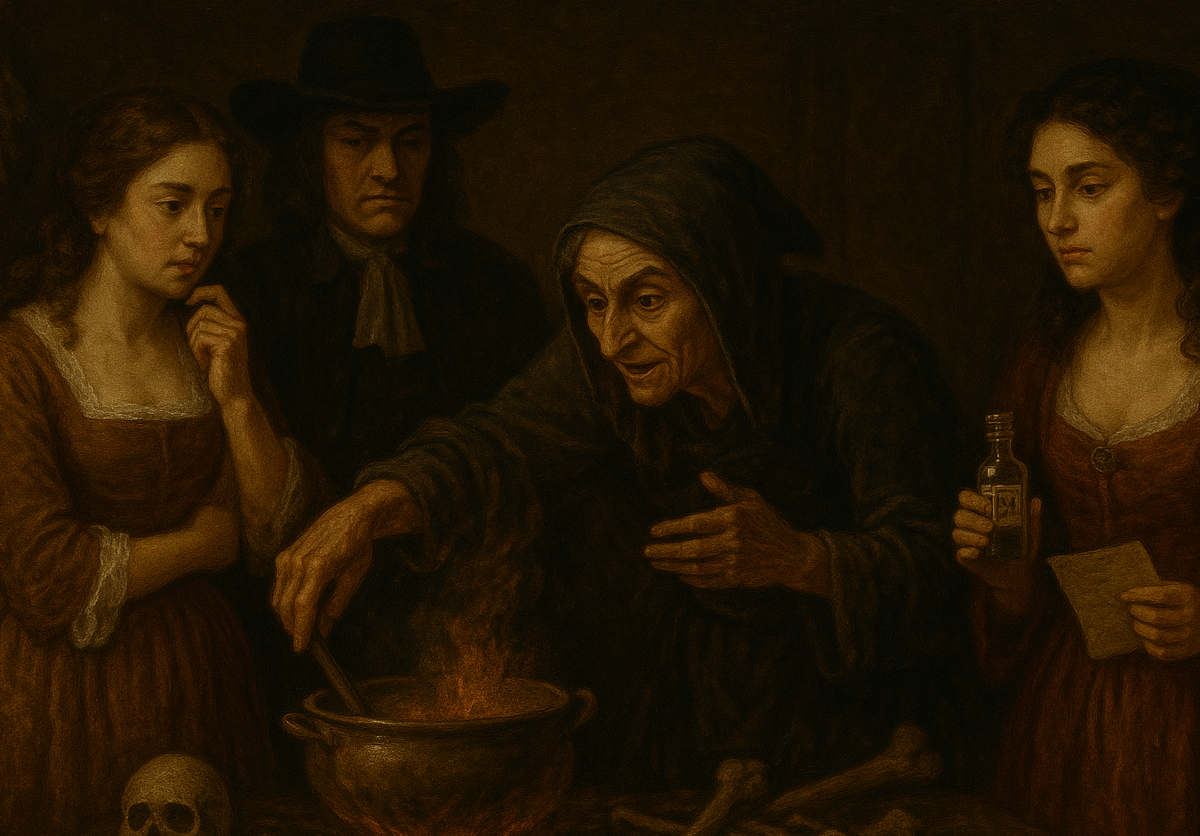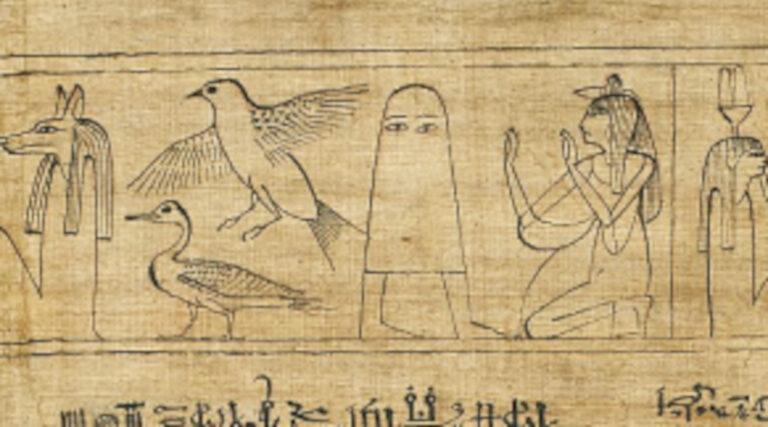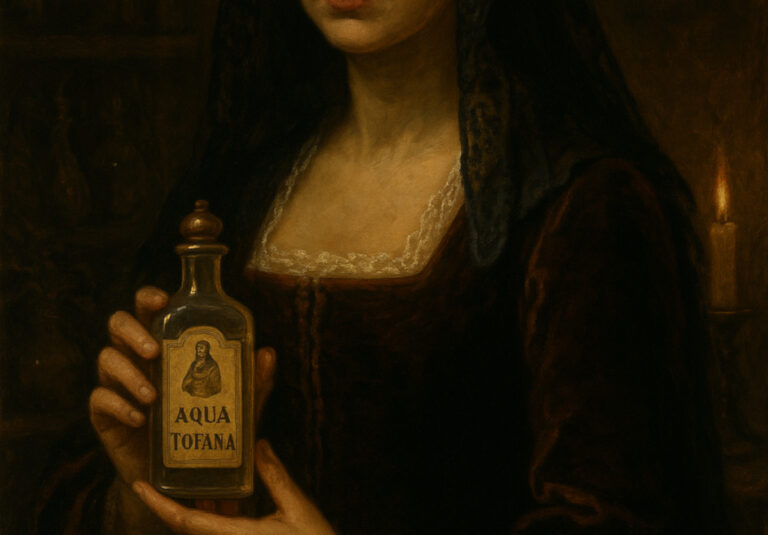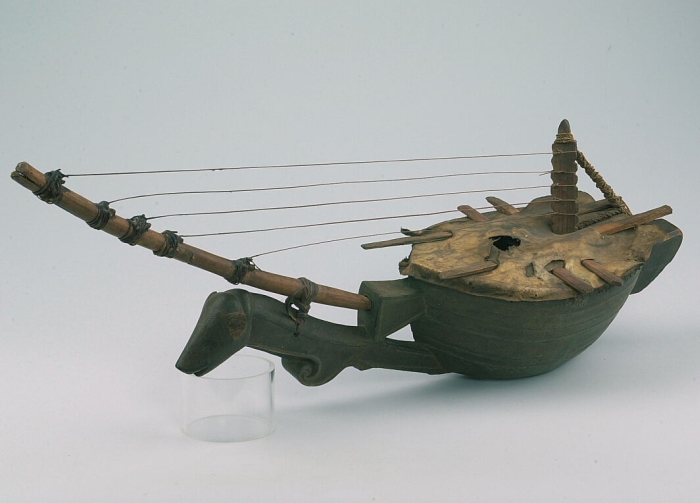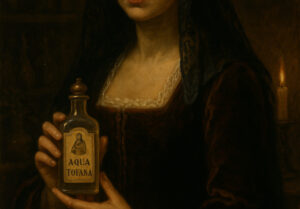The Affair of the Poisons (1679–1682) in France is one of the most notorious episodes in European history involving secret poisonings, and it is often associated with the larger societal fears of poisoning, particularly involving women. This affair, which unfolded during the reign of Louis XIV, was characterized by a series of high-profile trials, scandals, and executions tied to the use of poisons to settle personal scores, manipulate power, or, in some cases, even kill or harm family members.
While Aqua Tofana was infamous in Italy and parts of Europe, the Affair of the Poisons became a broader phenomenon, involving multiple women and members of the French aristocracy, and further cementing the cultural association between women and poisoning—a fear that had been fueled in part by earlier stories like that of Aqua Tofana.
The Affair of the Poisons: A Background of Fear and Intrigue
The Affair of the Poisons emerged at a time of political instability and social anxiety in France. Louis XIV, known as the Sun King, had consolidated absolute power in the French monarchy, and his court at Versailles was marked by opulence and decadence, but also by intrigue and betrayal. The French aristocracy often engaged in high-stakes power struggles, where personal rivalries and ambitions could turn deadly.
As this atmosphere of court intrigue unfolded, a fear began to spread throughout French society—the fear of being poisoned. This fear was not unfounded; the use of poisons as a tool of assassination had a long history, and it had recently become a widespread concern.
The Key Players and Events
-
Madame de Montespan: One of the key figures in the Affair of the Poisons was Madame de Montespan, the king’s mistress. Montespan was rumored to have been involved in using poisons to maintain her position at court. Her association with poisoning in the Affair of the Poisons became particularly sensationalized when she was accused of having used witchcraft and poisonous potions to ensure her romantic hold on Louis XIV. This added a layer of mysticism to the affair, making it even more explosive.
-
La Voisin: Perhaps the most notorious figure in the scandal was La Voisin, a fortune teller and witch who was believed to be one of the central figures behind the poisonings. La Voisin was a well-connected and influential woman who ran an underground network selling poisons to people at the French court. She was accused of organizing black magic rituals and supplying deadly substances to her aristocratic clients. She reportedly used poisons such as arsenic to help clients eliminate rivals or even to facilitate abortions.
-
The Poisoning Scandal: The scandal exploded when a woman named Marie Bosse, who had been working as a poisoner for La Voisin, was arrested. Her confession led to the unraveling of an entire network of poisoners, witches, and courtiers who were implicated in the affair. Numerous members of the French nobility, including high-ranking officials, were accused of involvement in the plots.
-
Public Trials and Executions: As the investigation progressed, many prominent figures in the French aristocracy were brought to trial, including Madame de Montespan, though she ultimately escaped conviction. Some of those implicated, such as La Voisin, were executed, while others faced imprisonment. The affair shook the French aristocracy to its core, as it revealed the lengths to which individuals were willing to go to secure power, wealth, and favor at court.
The Role of Women in the Affair of the Poisons
One of the key aspects of the Affair of the Poisons was the prominent role that women played—both as perpetrators and victims. This was deeply tied to the fear of women and poison, a fear that was not only confined to France but also resonated throughout European society. The idea that women, particularly those of the aristocracy, could secretly kill or manipulate others using poison was a pervasive cultural narrative.
-
The “Poisonous Woman” Archetype: This fear of women as poisoners was partly inspired by earlier instances like Aqua Tofana. Just as Giulia Tofana’s poison was associated with women’s attempts to escape abusive relationships, the Affair of the Poisons painted a picture of women using poison as a means of manipulation and revenge. The imagery of the “poisonous woman” became entrenched in European culture and was used in literature, art, and public discourse to symbolize both the dangerous power and the subversive potential of women in a patriarchal society.
-
Social and Gender Dynamics: Women in the Affair of the Poisons often occupied positions where they had limited direct power in the official structures of society. However, in the absence of traditional political power, some turned to poison as a way to achieve goals or defend themselves. Whether it was through witchcraft or medicine, these women were seen as capable of secretly wielding power—a trait that many men feared. This fear of secret power led to the demonization of women in the Affair of the Poisons, fueling societal anxieties about women’s ability to act covertly and dangerously.
Connection Between Aqua Tofana and the Affair of the Poisons
While Aqua Tofana itself was not directly involved in the Affair of the Poisons, the mythology surrounding Aqua Tofana and its reputation as a “perfect undetectable poison” likely played into the broader fear of poisoning that had already begun to grow in European culture. Aqua Tofana’s association with women in Italy and the legendary nature of the poison would have contributed to the general belief that women were capable of using such poisons to secretly eliminate threats.
The affair highlighted the extent to which fear of poisoning—especially by women—had taken hold in society. The idea that a poisonous woman could secretly eliminate rivals, lovers, or even husbands was a persistent cultural trope in Europe during the 17th century. The Affair of the Poisons in France became the manifestation of this fear, with the added complexity of witchcraft and occult practices, which only amplified the notion that women wielded a form of dangerous, secret power.
The Aftermath and Lasting Impact
The Affair of the Poisons eventually led to several important changes in French society:
-
Increased Surveillance and Control: Louis XIV, concerned with the political ramifications of the scandal, sought to tighten his control over both the aristocracy and the court. The secret police were given broader powers to monitor noble families and detect plots against the crown, including the use of poisons.
-
Demonization of Women: The affair reinforced the demonization of women involved in poisoning and witchcraft. The image of the “evil woman” using poison as a weapon became even more ingrained in the European cultural imagination, influencing the way women were perceived in both popular culture and legal systems for generations.
-
A Fear That Endured: The lasting image of women and poison from the Affair of the Poisons continued to shape European literature, art, and society in the years that followed. It reinforced fears of femme fatales, murderous mistresses, and poisonous wives, and contributed to the development of gendered narratives that depicted women as both powerless victims and dangerous manipulators.
Summary
The Affair of the Poisons remains one of the most fascinating and mysterious chapters of French history. It serves as a reminder of the dangerous consequences of unchecked power, the allure of dark practices in times of political intrigue, and the vulnerability of those who seek to manipulate fate. While the scandal eventually faded from public memory, it continued to captivate the imagination of writers, historians, and filmmakers, who found in it a story of treachery, superstition, and ambition.
The affair also left a lasting legacy, influencing the way future generations viewed the power and fragility of the monarchy. The Affair of the Poisons has since become a symbol of the corruption and decadence that plagued the French aristocracy before the revolution, providing a stark warning of the dangers that come with absolute power.
